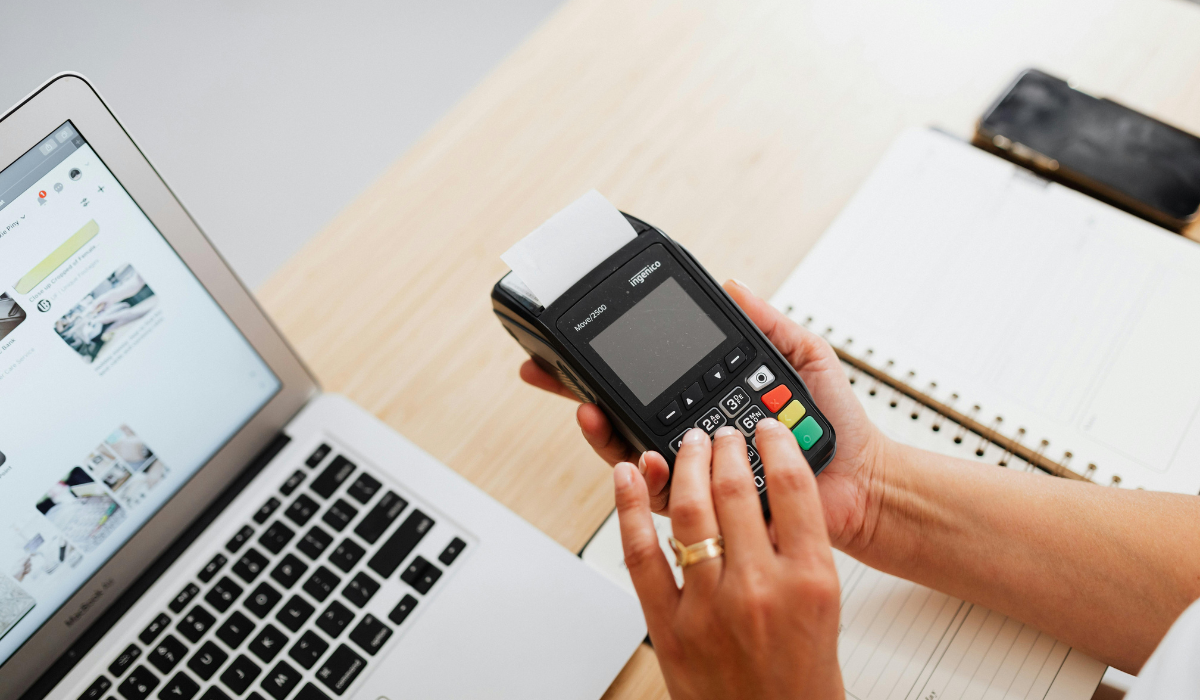Table of Contents
1. Introduction
2. What Are Payment Gateways in E-commerce?
3. How Payment Gateways Affect Website Speed
4. The Connection Between Speed and Conversion Rate
5. Common Payment Gateway Issues That Slow Websites
6. Best Practices to Optimize Payment Gateway Performance
7. Choosing the Right Payment Gateway for Better Conversions
8. Final Thoughts
1. Introduction
In today’s competitive e-commerce environment, website speed and conversion rate are crucial factors that directly influence online sales. One key element often overlooked is the payment gateway.
A well-integrated and optimized payment gateway ensures smooth, secure, and quick transactions, while a slow or inefficient one can frustrate customers, lead to cart abandonment, and reduce sales.
2. What Are Payment Gateways in E-commerce?
Payment gateways are third-party services that manage the financial and technical aspects of online transactions between customers and businesses.
Well-known services include Authorize.Net, PayPal and Stripe.
It is important to note that a payment gateway does not refer to the checkout area of your website. Instead, it is the secure service provided by these third-party companies that processes payments, verifies balances, and confirms successful transactions.
In simple terms, a payment gateway acts as the intermediary between your website and the customer’s bank, helping to authorize and complete transactions safely and efficiently.
3. How Payment Gateways Affect Website Speed
Every online transaction must pass through a verification and authorization process. When a customer makes a purchase, the payment gateway must:
· Verify card or account details.
· Communicating with the customer’s bank
· Confirm sufficient balance.
· Return a response to the website.
When the payment gateway lags — because of network congestion, a slow server, or bad integration — the whole checkout experience slows down.
Examples:
Imagine you are buying headphones online. You add them to your cart, proceed to checkout, and click “Place Order.”
The page takes unusually long to load. You wait only to see an error message saying, “Transaction failed.”
Frustrated, you leave the website and buy the same headphones from a competitor with a smoother checkout.
This small delay can permanently lose a customer and directly impact on your website conversion rate. Even a one-second delay in load time can decrease conversions by 7%.
4. The Connection Between Speed and Conversion Rate
Website speed is one of the strongest predictors of user satisfaction and purchase completion.
When the checkout process lags, users quickly lose patience and abandon their carts. This abandonment affects immediate revenue and decreases the likelihood of customers returning.
A slow or error-prone payment gateway creates friction, breaking the trust users have in your website. A smooth, fast, and reliable gateway experience encourages users to complete their purchase confidently, improving both conversion rate and brand trust.
5. Common Payment Gateway Issues That Slow Websites
Key factors can affect website speed due to payment gateway performance:
Server Downtime: Gateways may experience technical outages, delaying or blocking transactions.
Connection Errors: Network issues between your website and the payment gateway can cause timeouts or failed payments.
Slow Data Processing: Certain payment gateways take longer to verify or authorize payments, frustrating customers.
Unoptimized Integration: Poorly coded or outdated payment plugins can overload the site and increase loading time.
Even minor delays or technical glitches during payment authorization can lead to cart abandonment or loss of trust in your online store.
6. Best Practices to Optimize Payment Gateway Performance
To improve your payment gateway speed and ensure faster checkout experience, follow these best practices:
Evaluate Your Checkout Experience: Conduct thorough testing of your checkout process. Simulate real-world transactions using multiple devices, payment methods, and browsers to identify slow or error-prone stages.
Ensure Accessibility: Integrate payment options that are easy to access, mobile-friendly, and require minimal clicks.
Enhance User Experience: Provide a seamless and intuitive payment flow with fewer steps. Reduce unnecessary form fields and allow customers to save their payment preferences securely.
Use Optimized Plugins and APIs: Always integrate official and optimized APIs or plugins for your CMS, such as Shopify, Woo Commerce, or Magento.Unofficial integrations can slow down performance.
Choose Localized Servers: If your primary customers are from a specific region, choose a payment gateway that has servers in or near that location for faster response times.
7. Choosing the Right Payment Gateway for Better Conversions
When selecting a payment gateway, look beyond fees and brand names. Focus on speed, reliability, and user experience.
Guidelines include:
Research Trusted Providers: Look for names like Authorize.Net, PayPal, and Stripe
Mobile Optimization: Ensure the gateway supports responsive mobile checkout.
Familiarity: Choose gateways customers recognize and trust, boosting confidence
Multiple Payment Options: Include cards, wallets, and UPI to accommodate preferences.
Seamless Integration: Fewer redirects and page reload improve user experience.
8. Final Thoughts
Choosing the right payment gateway takes time and research. However, the impact on your payment gateway speed and website conversion rate is worth it.
A slow gateway can cost you sales. An optimized one can build customer trust and improve your overall checkout experience.
Always monitor and assess your gateway performance regularly. If you have the budget, consider premium services that offer faster response times, better fraud protection, and smoother integration.
In e-commerce, every second counts. Make sure your payment gateway helps you convert, not slow you down.
Amorio Technologies is here to help and guide you. Contact us today to optimize your payment gateway and boost your conversions.

